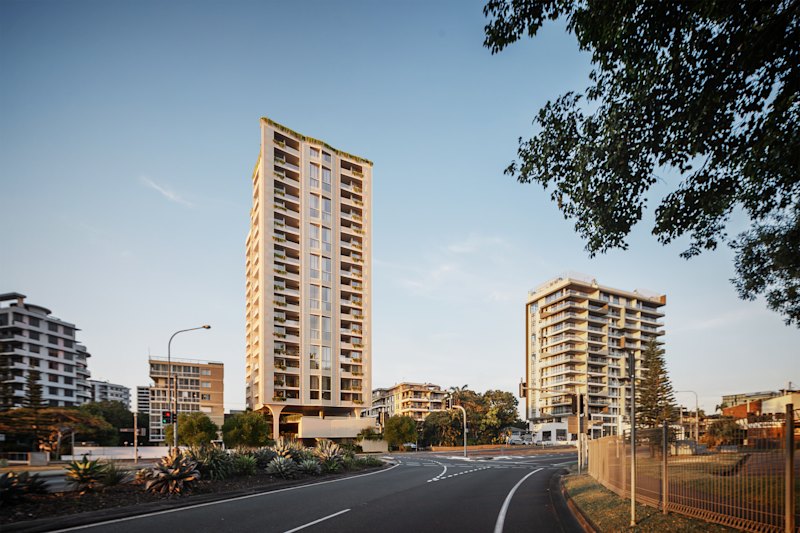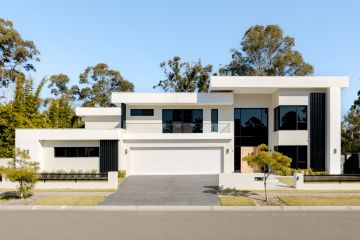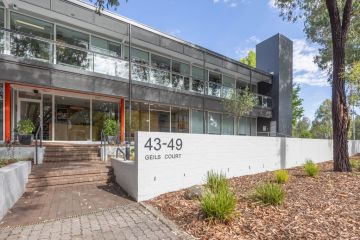How to land your dream home in Australia's most competitive rental markets
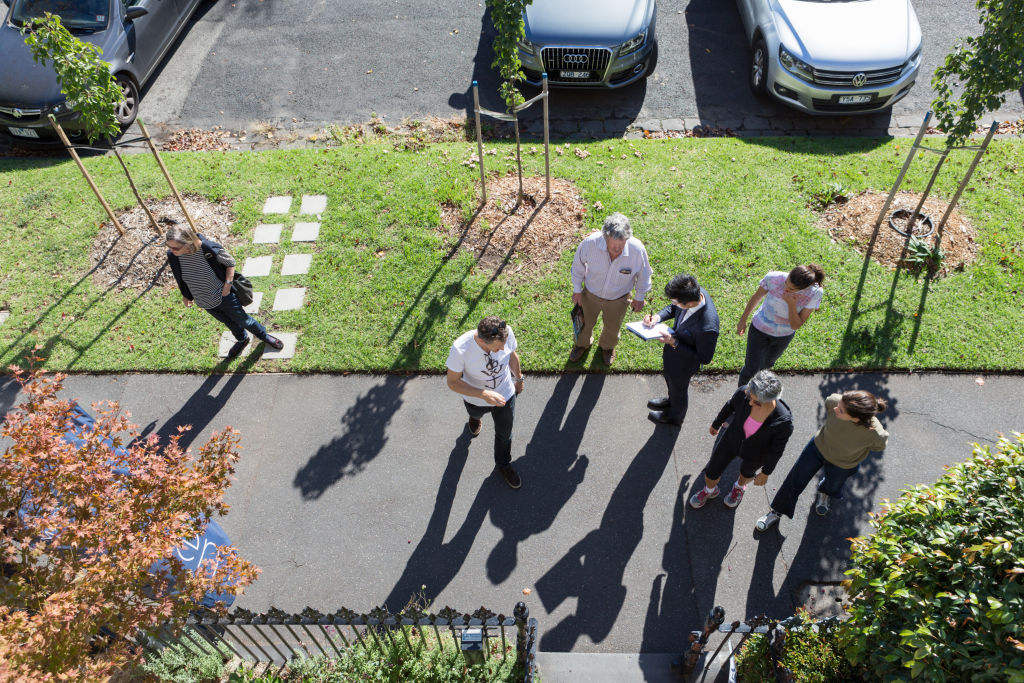
This article was published in 2021 and has been updated since publication.
With rental prices in many Australian capitals on the rise, securing a lease in a competitive market has become challenging for many would-be tenants.
Prospective renters face high demand, low supply, and increased competition from scores of people seeking to embark on a sea or tree change in the regions.
Median rents for houses in Sydney, Brisbane, Adelaide, Canberra and Hobart have reached record highs in the June quarter of 2021 according to the Domain Rental Report , with data for Perth and Darwin showing prices are at their highest in six years.
| Jun-21 | Mar-21 | Jun-20 | QoQ change | YoY change | |
| Sydney | $550 | $550 | $540 | 0.0% | 1.9% |
| Melbourne | $430 | $430 | $430 | 0.0% | 0.0% |
| Brisbane | $450 | $440 | $400 | 2.3% | 12.5% |
| Adelaide | $430 | $425 | $395 | 1.2% | 8.9% |
| Perth | $450 | $430 | $370 | 4.7% | 21.6% |
| Canberra | $630 | $600 | $570 | 5.0% | 10.5% |
| Darwin | $593 | $550 | $490 | 7.7% | 20.9% |
| Hobart | $495 | $480 | $450 | 3.1% | 10.0% |
In the face of increased competition, there are some strategies renters can use to boost their chances of snapping up their dream rental.
What to do to get ahead of the competition
Experts say the number one piece of advice for prospective tenants is to ensure their application is top-notch.
Up-to-date references are critical, according to LJ Hooker Property Hub new client manager Jessica Melling.
“If you go to an inspection and 50 people come through, and only three applications had their references respond, those applications are the ones that are going to be sent back to the owner,” she said.
| Jun-21 | Mar-21 | Jun-20 | QoQ change | YoY change | |
| Sydney | $470 | $470 | $500 | 0.0% | -6.0% |
| Melbourne | $365 | $375 | $415 | -2.7% | -12.0% |
| Brisbane | $400 | $400 | $380 | 0.0% | 5.3% |
| Adelaide | $350 | $350 | $320 | 0.0% | 9.4% |
| Perth | $380 | $370 | $320 | 2.7% | 18.8% |
| Canberra | $500 | $500 | $470 | 0.0% | 6.4% |
| Darwin | $450 | $430 | $380 | 4.7% | 18.4% |
| Hobart | $400 | $420 | $380 | -4.8% | 5.3% |
Ray White chief executive of property management Emily Sim said it was important tenancy applications were prepared in advance.
“Be available to attend the viewing times, as they are often not flexible due to the fact a tenant is still living in a home as vacancy is tight,” she said.
Where are the best deals and the toughest competition?
In Sydney, Ms Sim said northern beaches rentals were very popular, with rental prices continuing to grow as vacancy rates remained extremely low.
“We are also seeing that story the same in regional locations and beachside locations two hours from Sydney, as people are working from home, remotely,” she said.
Areas with high vacancies could mean prospective tenants faced less competition.
“There are some great deals in Sydney CBD locations as that’s where the vacancy is the highest because society has taken the opportunity to move out of the city with the option to work from home now,” Ms Sim said.
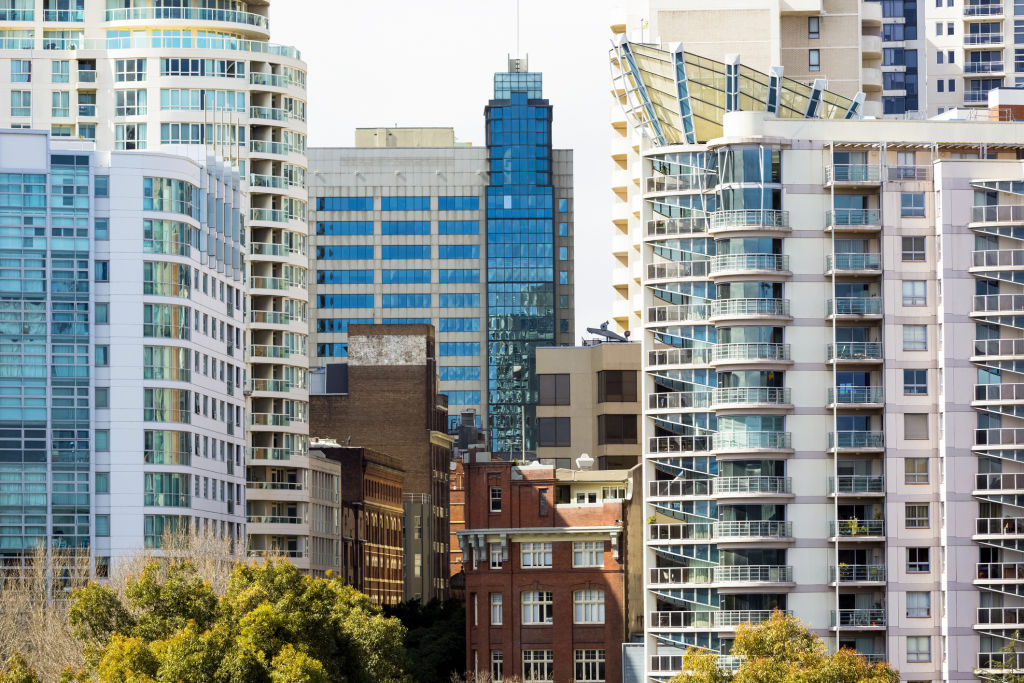
In Melbourne, where the weekly median rent is $430, family homes were spending minimal days on market and were turning over in a week, according to McGrath Blackburn principal Katherine Kyriakou, as people realised their need for more green space after enduring COVID lockdowns.
“People are tired of the continual lockdown, and people are moving out of apartments and are wanting more space,” she said.
“In the ‘burbs, there is a high demand for family homes. They are rare, and they are achieving good rent because they are rare.”
On the Gold Coast, median weekly rental prices posted the strongest annual growth on record, reaching a record high of $600 per week.
Ms Melling said the Gold Coast rental market was booming and, at its peak about six weeks ago, some properties were attracting 200 to 300 applications.
In Perth, rental prices are at a six-year high and have recorded the strongest annual growth of all Australian capital cities in the June quarter to a median of $450 a week.
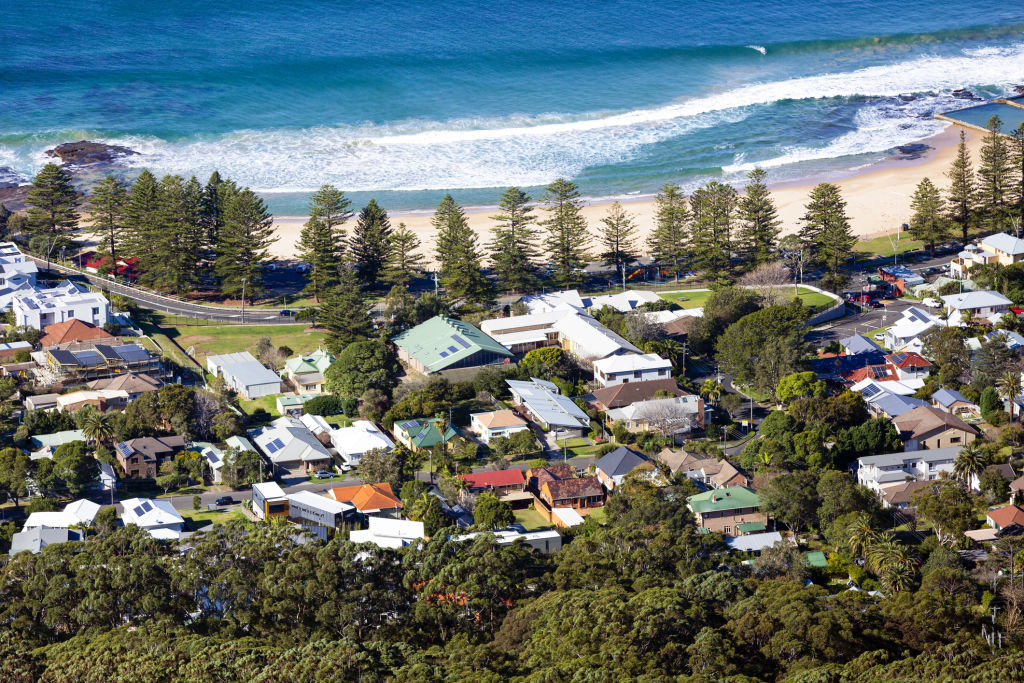
How to stand out at an inspection
In such a competitive market, would-be tenants needed to act early and stand out from the crowd, said Tobi Farley, business development and leasing manager at Realmark Coastal in Perth’s northern suburbs.
“A great tip is to treat the process like a job interview,” she said. “Have integrity, be punctual, polite and present yourself well and don’t make your way onto the property until the leasing manager arrives.
“Confirm your strong interest with the leasing manager at the viewing so they can put a face to a name when your application comes through and apply quickly with your best offer.
“Or, even better, come prepared with your application completed and personally hand it to the leasing manager with all relevant documents required.”
- Read more: How to buy the home you’re renting
Should you offer above the asking price?
It is not uncommon for prospective renters to offer above the asking rental price in the hopes of securing a coveted property. This is known as rental bidding, and is illegal in Queensland, Victoria and Tasmania, but is allowed in other states.
Ms Farley said multiple prospective tenants at a viewing could reflect high demand for that property.
“At the moment, we’re seeing competition for many properties, and they are therefore leasing above asking price,” she said.
“Good leasing managers look at all aspects of an application to select the tenant they believe will best look after the home, but the decision is ultimately the owner’s.
“If there are two applicants equally as good with the only difference being price, then often owners will clearly go for the higher offer.”
- Read more: How much rent is too much to pay?
Consumer Protection WA compliance and conciliation, property industries general manager Paul Maher warned tenants to be careful not to overcommit financially when signing an agreement. It could lead to a breach of contract and increase the potential for the tenancy to be terminated.
When signing a new lease agreement, Mr Maher said, extra funds were typically needed for rent in advance, a security bond (equivalent to a maximum of four weeks’ rent) and a pet bond.
“Starting a new tenancy can have significant up-front costs. For example, renting a house at $380 per week could cost you around $2500 to move in,” he said.
“Know what you can afford, including the potential for rent increases after six months.”
Mr Maher said when hunting for a rental, prospective tenants should check the premises for cleanliness and maintenance issues, including insects and pests and building maintenance, for example, roof tiles, guttering, taps and the hot water system.
- Read more: Domain’s Ultimate Guide To Renting
We recommend
We thought you might like
States
Capital Cities
Capital Cities - Rentals
Popular Areas
Allhomes
More




